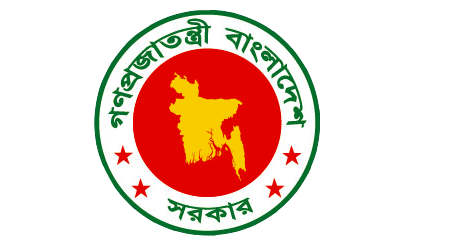Heavy rainfall during end of July and early August 2011 caused severe localized flooding in southern districts of Bangladesh namely Satkhira, Jessore, Khulna and Cox’s Bazar. In some areas flood water receded, however some upazilas of Satkhira and Jessore remained under water, a situation referred to as prolonged water logging. This caused displacement of the affected population, disruption of livelihoods, and damage of agricultural crops as well as houses. Following this shock the World Food Programme (WFP), the Food and Agricultural Organization (FAO) and Shushilan, a Satkhira based local NGO, conducted a rapid Emergency Food Security Assessment (EFSA) in August 2011. The findings of the assessment revealed a serious situation in terms of displacement, livelihoods, food consumption and damage of crop and household assets. The assessment estimated that approximately 65,000 of the worst affected and extreme poor households were in dire need of assistance. Food was raised as the prime and immediate need of the affected population.
The Government, WFP and International and National non-government organizations (NGOs) responded to the crisis with an array of support. By 25 August 2011 an estimated 64,000 households had been assisted by WFP and NGOs, mostly with food and non-food items (NFIs). In real terms the number of households assisted may be less, as some have received both food and NFI support. WFP is continuing its assistance to 30,000 affected and poor households with a food basket constituting of rice, pulses, oil and wheat soya blend (WSB+).
The August 2011 assessment reports indicated that the receding of floodwaters in Satkhira would be very slow and the inundation would persist until November 2011. The prolonged water logging is due to silted river beds, obstruction of runoff to the adjoining rivers and sea caused by shrimp farms and irrigation dams/barrages, and tidal effects. During the August 2011 assessment, the need for another follow up assessment to check the speed of recovery sometime in November/December 2011 was also flagged. In September 2011, WFP’s Vulnerability Analysis and Mapping (VAM) unit made a rapid tour in the Tala Union of Satkhira and observed that the level of inundation was still severe. This was particularly apparent in the crop fields where it was evident that prolonged water levels were going to lead to failure in Aman rice crop production and that the upcoming Boro rice plantation might be affected. The severe effect on the agricultural sector has implications on the livelihoods and food security of the affected population. Continued water logging in many parts of Satkhira district has justified the need for a follow up assessment.



